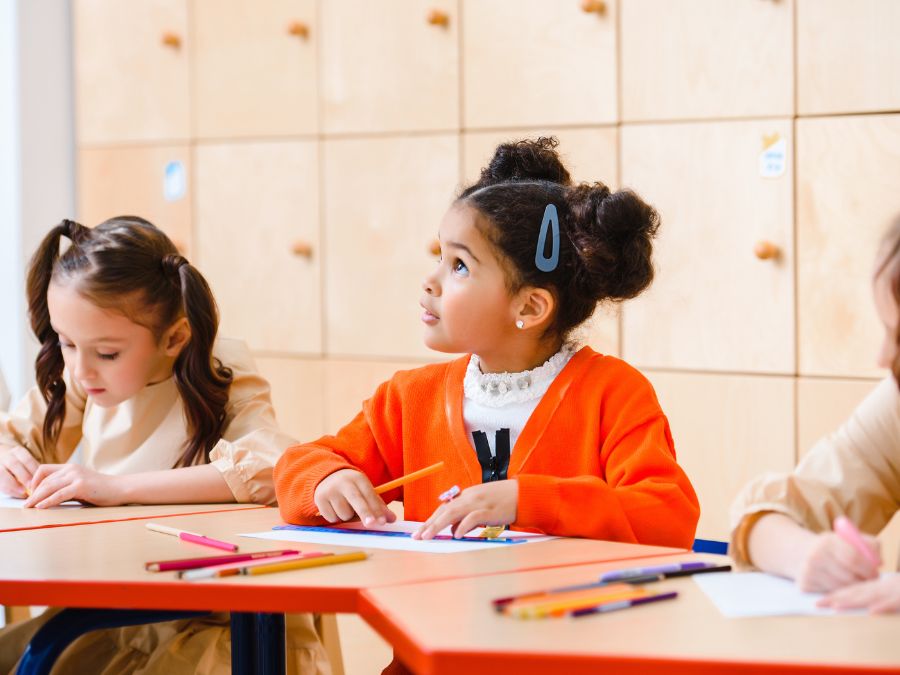Pedagogy of Hope
 Image Source: https://positiveexperience.org/blog/hope-in-educational-settings/
Image Source: https://positiveexperience.org/blog/hope-in-educational-settings/
Pedagogy of hope: global learning and the future of education
(Comment on Bourn’s article)
Historical context:
This article talks about the challenges of education in the 2020s. Bourn describes how after events related to climate change, social movements like “Black Lives Matter” and the Covid-19 pandemic, we are facing an inflex point in time when we are realizing: how globally interconnected we are; how complex the challenges we encounter for survival are; and how important is the need to change. Bourn explains that as educationalists, our role is to inform students about these challenges, but more importantly promote a positive vision of the future.
Innovation:
Bourn agrees that all education has a political component and that hope needs to be driving educational policies and reforms. Hope is a task of all stakeholders involved in education. This involves, constantly looking for grounded ways to innovate. Starting with the collaborative reflection of what is taught in the curriculum, to then think of ways in which we can promote real change and promoting success stories like initiatives taken in the UK and UNESCO that not only that change is possible but that it empowered all learners. Personally, since my kids school became a UNESCO school, we have all experience a change in mentality were social justice issues truly guide discussions and actions.
Creativity:
Bourn advises not to see education as a commodity but think of creative ways in which we can bring education to all. Mentioning Covid-19 when virtual learning was mostly available to those who could afford the equipment, he proposes we should all collaborate on finding creative solutions to social issues. When there is collaboration, change happens because we all unite efforts. In my definition of creativity, I mentioned that a supportive environment fosters creativity. This reflected in the UNESCO and UK initiatives which support many stakeholders with different tools and guidance that offer spaces for all to find creative solutions.
Teaching:
Bourn states that what students learn should not be like the “banking” concept but should be connected to their lives and society. This is an “ontological” necessity to survive. In order to do so teachers need to bring hope, and understand why they are losing it and how to address it. Once they do that they should teach that current challenges can be anticipated and tackled which will result in more movements to a just world.
Learning:
Based on Freire theory on pedagogy of hope, to learn about global issues, students should understand the nature of their real-life issues and challenges. For learning to happen they also need to think about solutions, avoiding superficial and quick-fix ones, and act. When students experience that change is possible they become hopeful and involved. I have seen this more with my kids as they attended UNESCO schools both in China and Kingston. They joined Social Impact clubs and got involved in initiatives (communitarian work, discussion of topics, interviewing experts an vulnerable groups) and since they have become more aware and engaged in acting differently.
Questions to the author:
- How could pedagogy of hope be implemented in marginalized communities around the world where teachers and students are not familiar with the term social justice?
Reference:
Bourn, D. (2021) ‘Pedagogy of hope: global learning and the future of education’. International Journal of Development Education and Global Learning, 13 (2), 65–78. DOI: https://doi.org/10.14324/ IJDEGL.13.2.01.

Hi Jessica,
ReplyDeleteThank you for your thoughtful post. I did not read your article, but I feel your summary does a nice job outlining the main points of the article. I like the point involving creativity and the pandemic. It was such an interesting and crazy time. In many of the cases the technology and innovation already existed for us to do what we did, but we were not pushed to the point where it became a necessity to do so. We all definitely got creative with the way that we used these technologies and had to adapt with out best efforts to try and make things work. I feel like teachers were definitely among the best at this.
Thanks again for your thoughtful post, and all the best this term.
Lee
Hi Jessica,
ReplyDeleteThank you for your thoughtful post! I also read Bourn’s article, and it was one that really resonated with me. As a Social Studies teacher, I found what was highlighted in the article very much connected to my curricular area. However, I think environmental education and sustainability can be integrated in all areas. Providing students an opportunity to engage with relevant issues, I think, is so important in today’s world. Being agents of change and seeing how they can make a difference, even if it’s just in their local community can go a long way to boost confidence and gain valuable skills. The interpersonal skills from connecting with local community members or engaging in service learning gets students actively involved in the learning process. In my experience, I have used the UN Global Goals as a starting point to help students engage with climate change and social justice issues. I’m always amazed at the level of collaboration and interest every time we discuss these goals. Thanks for sharing and look forward to your other posts as well.
Nancy
United Nations. (n.d.). Sustainable Development Goals. United Nations. https://sdgs.un.org/goals